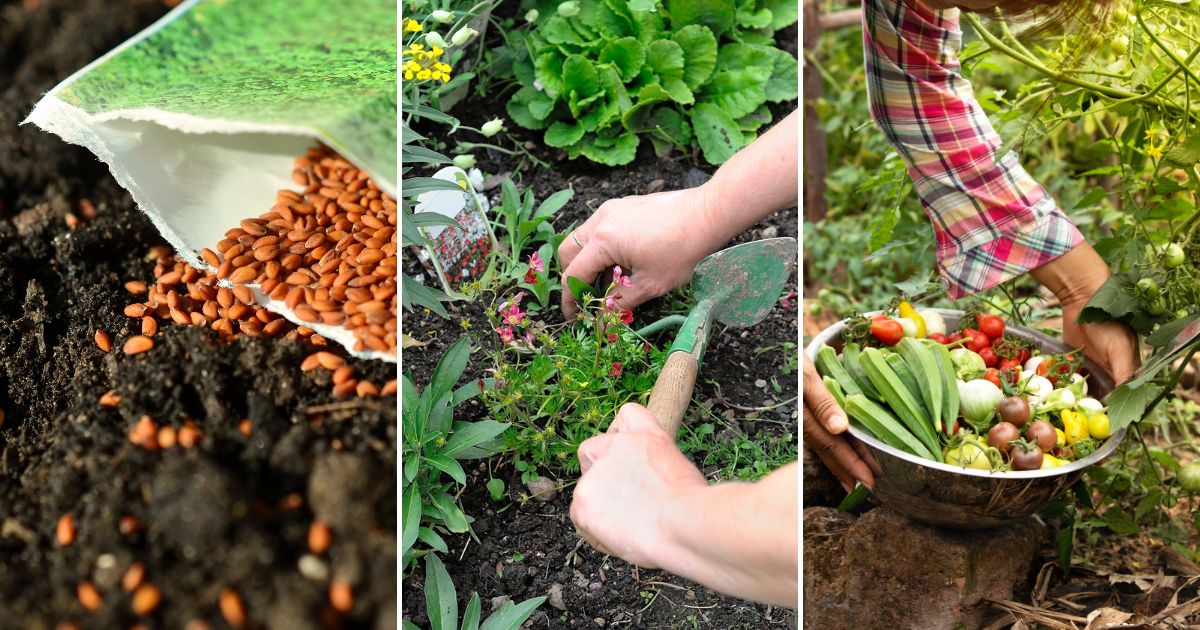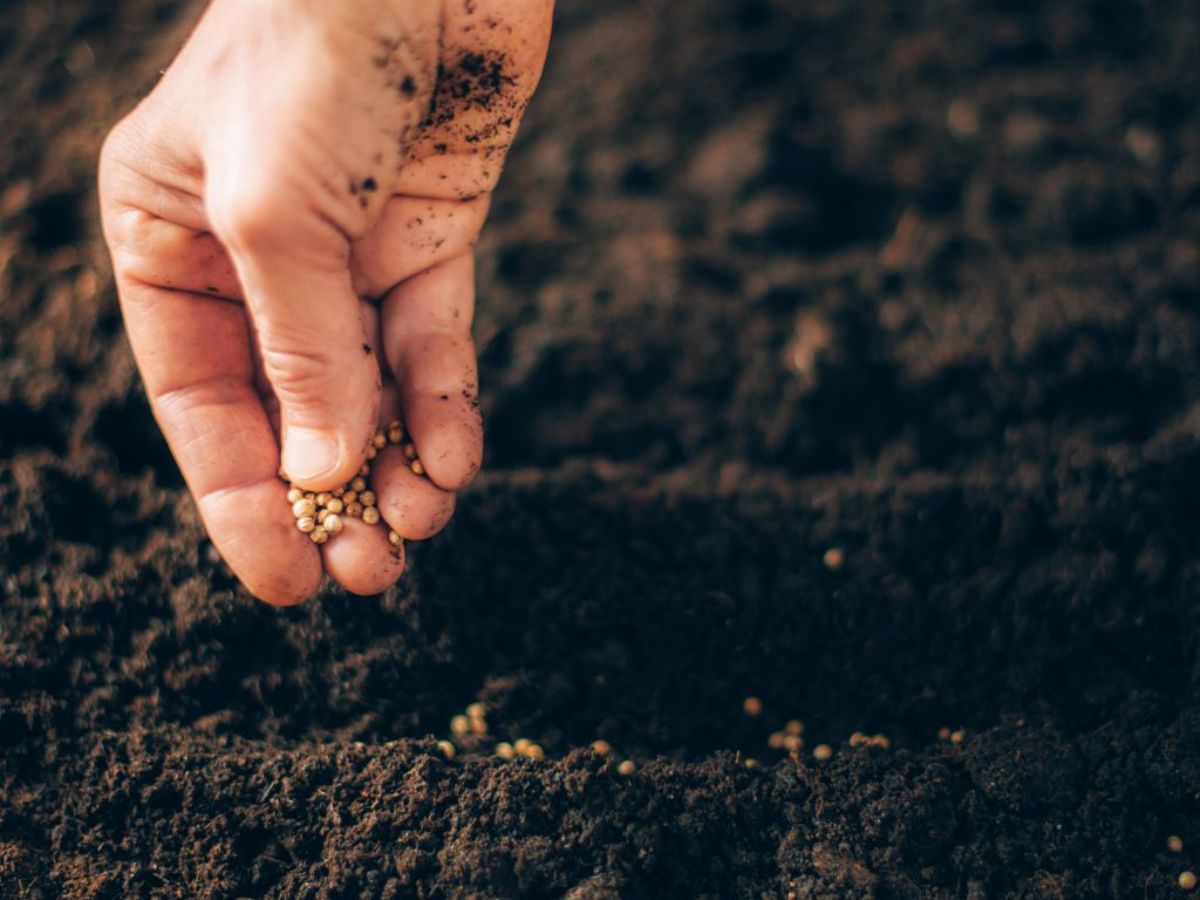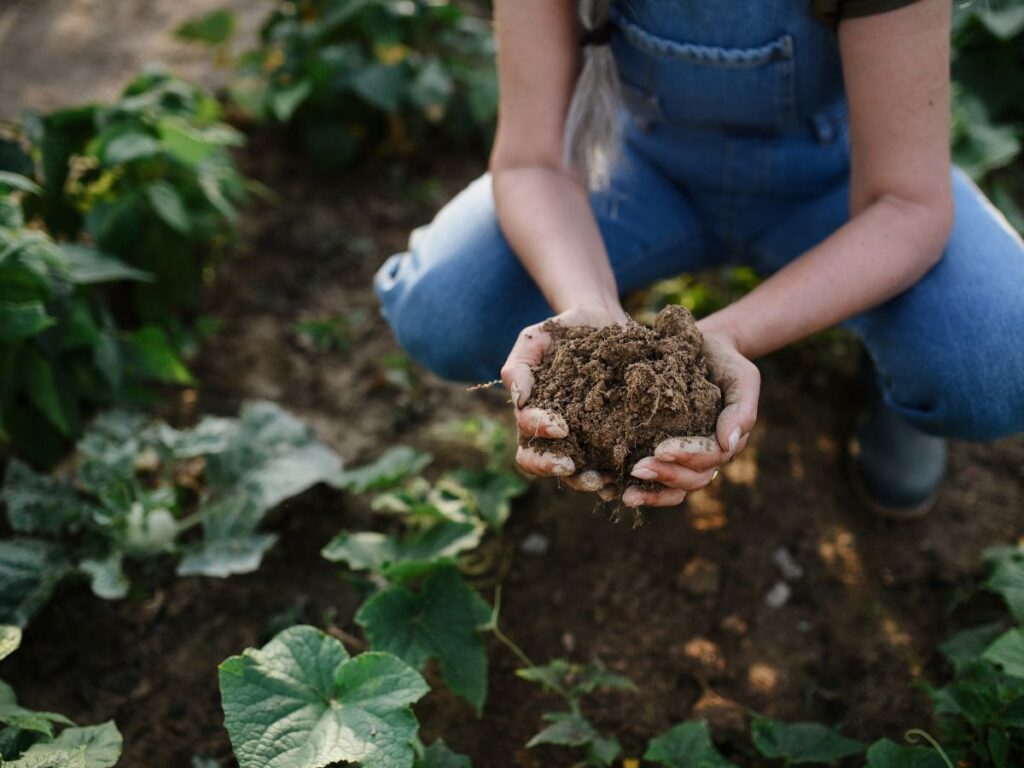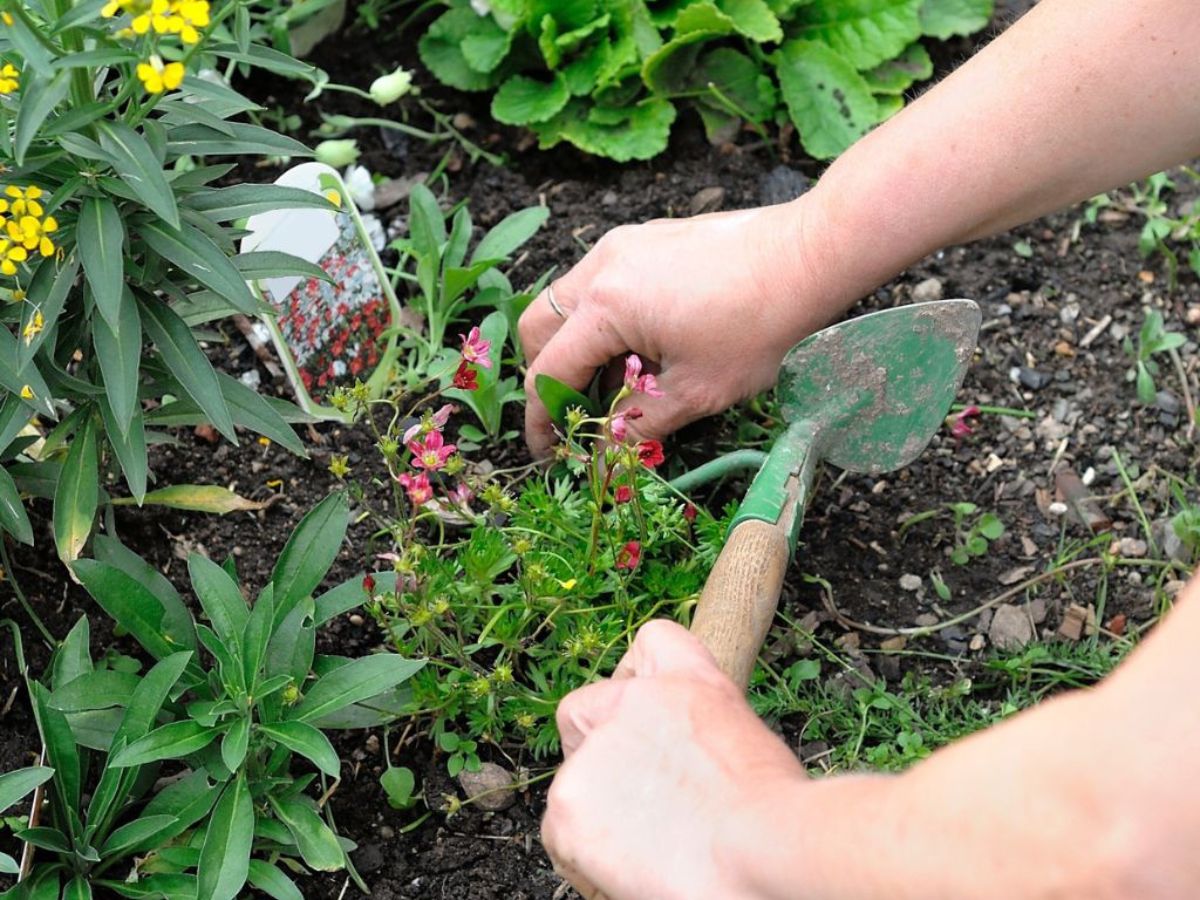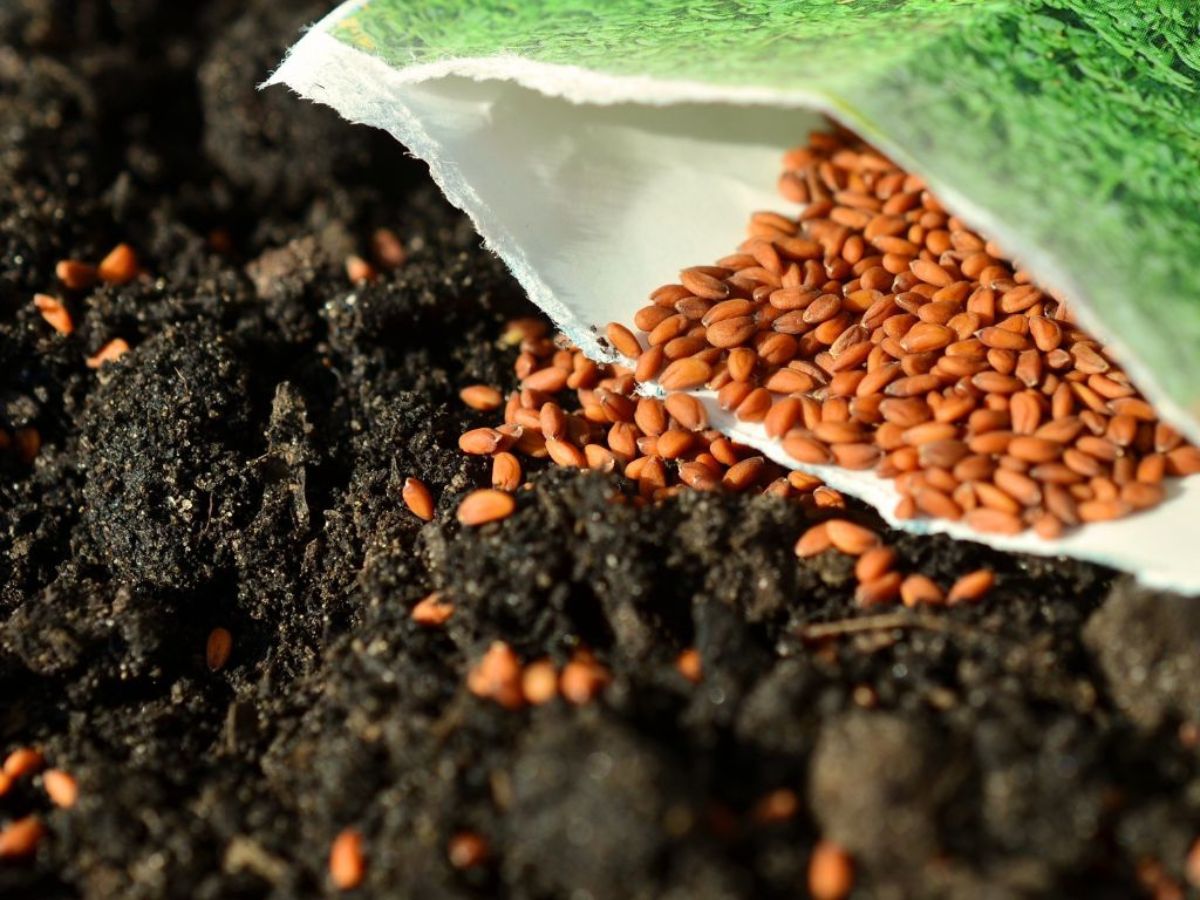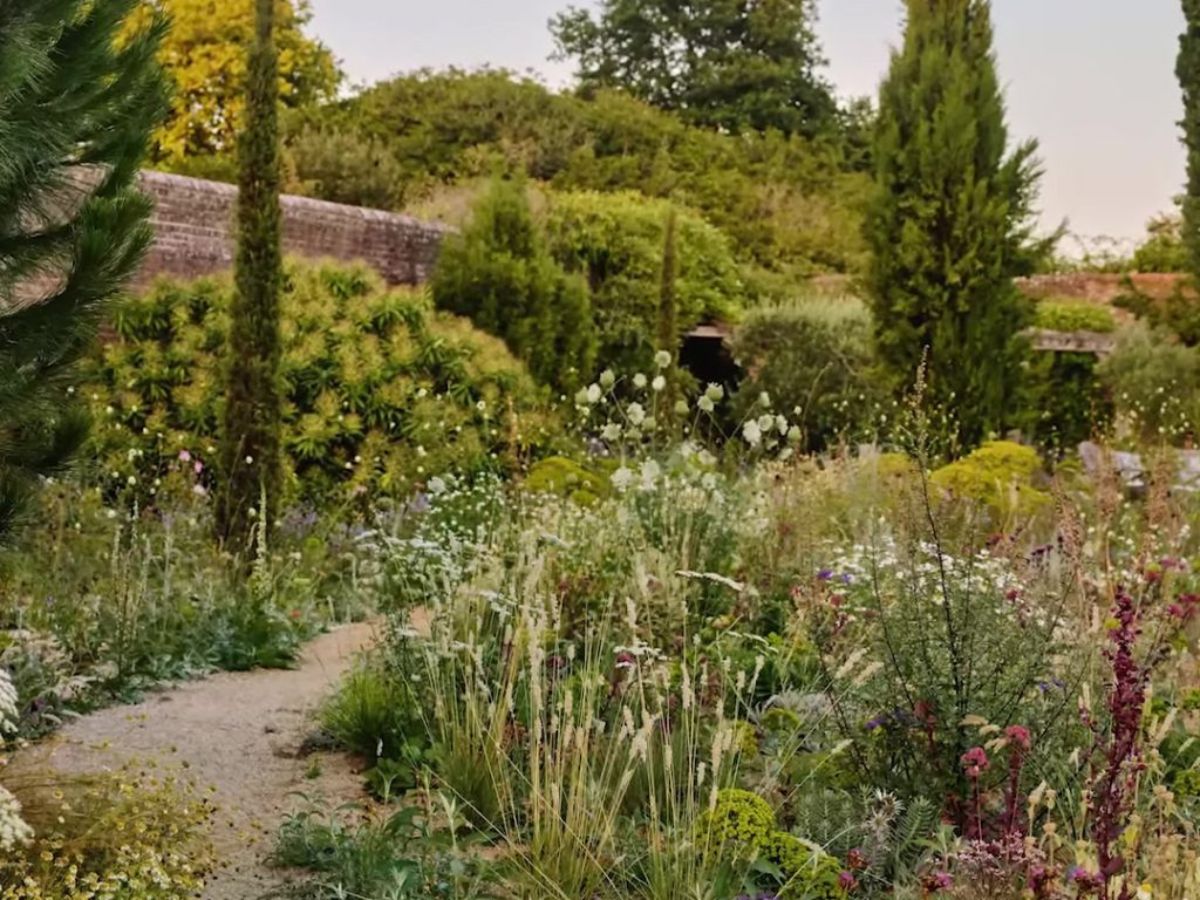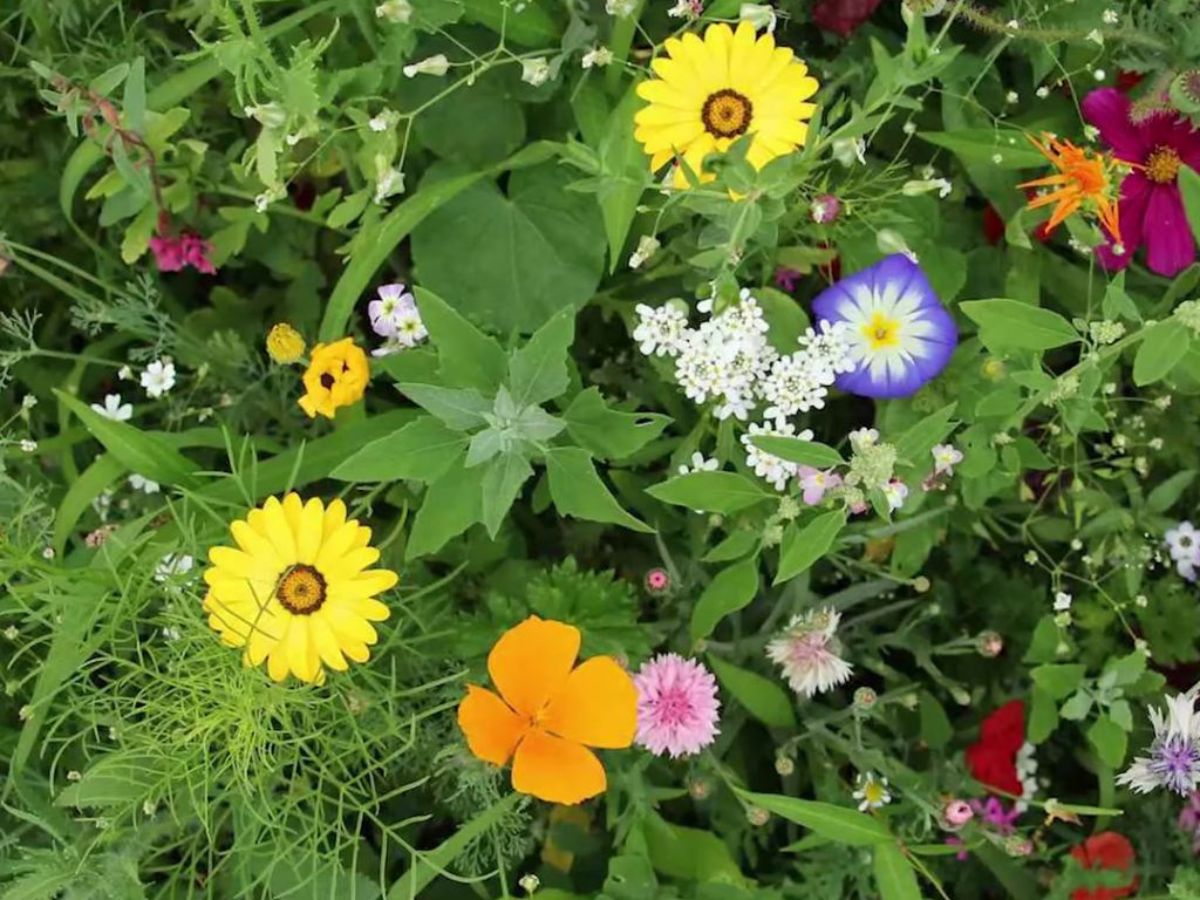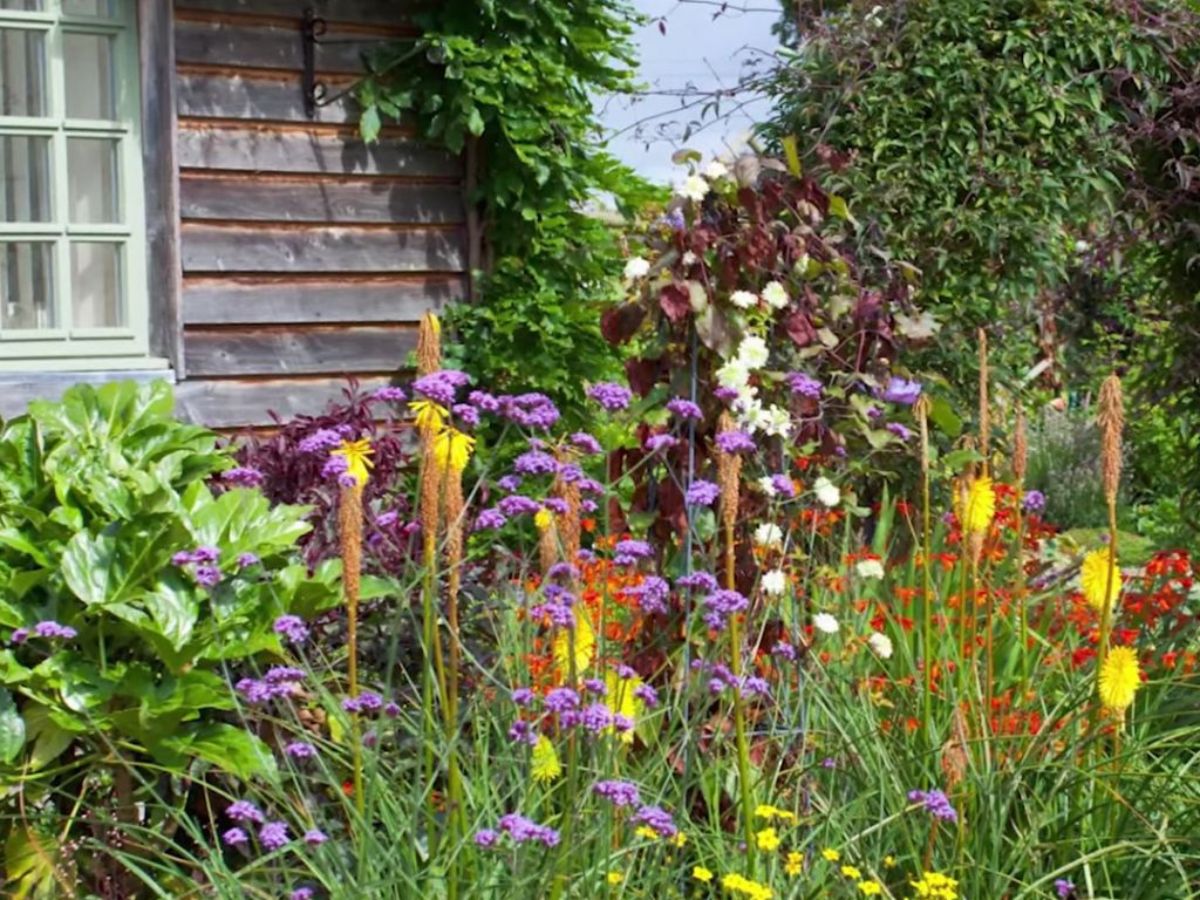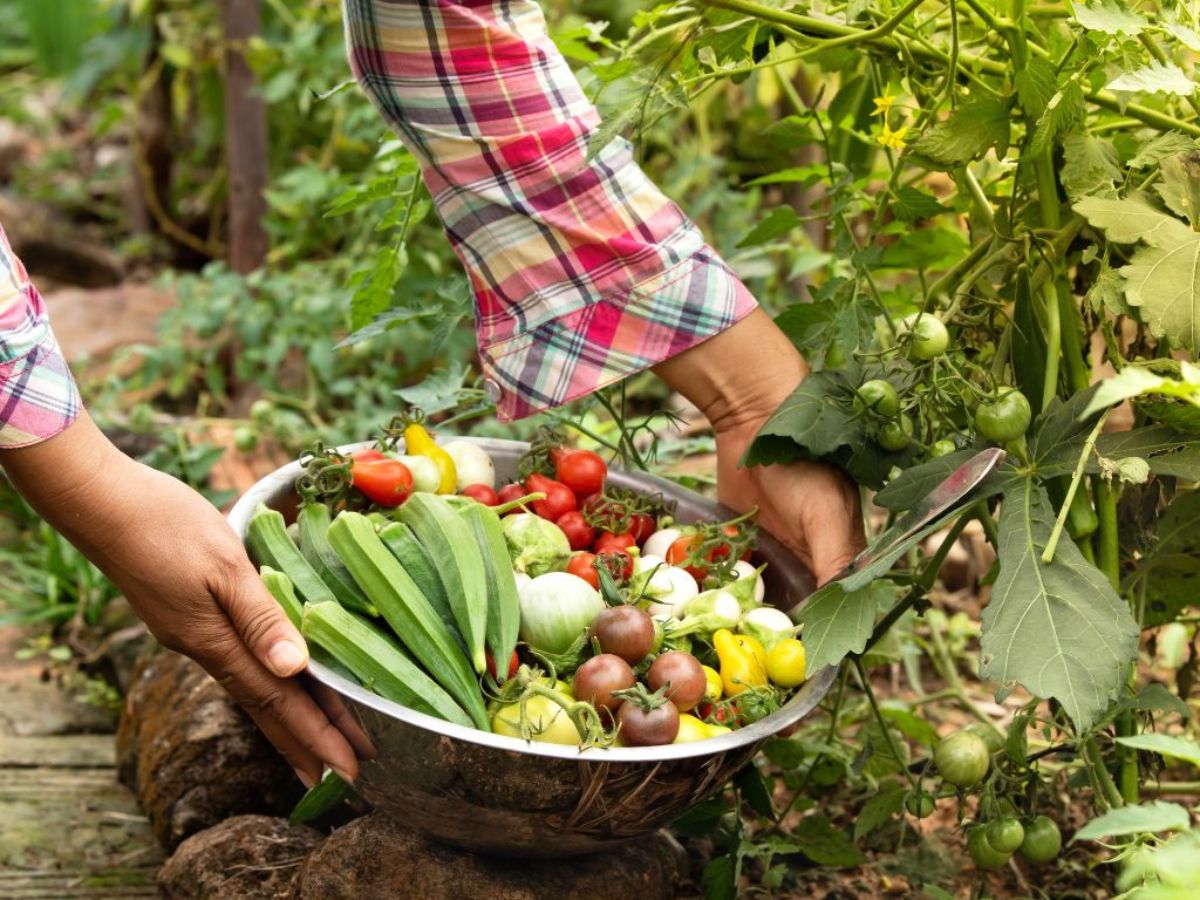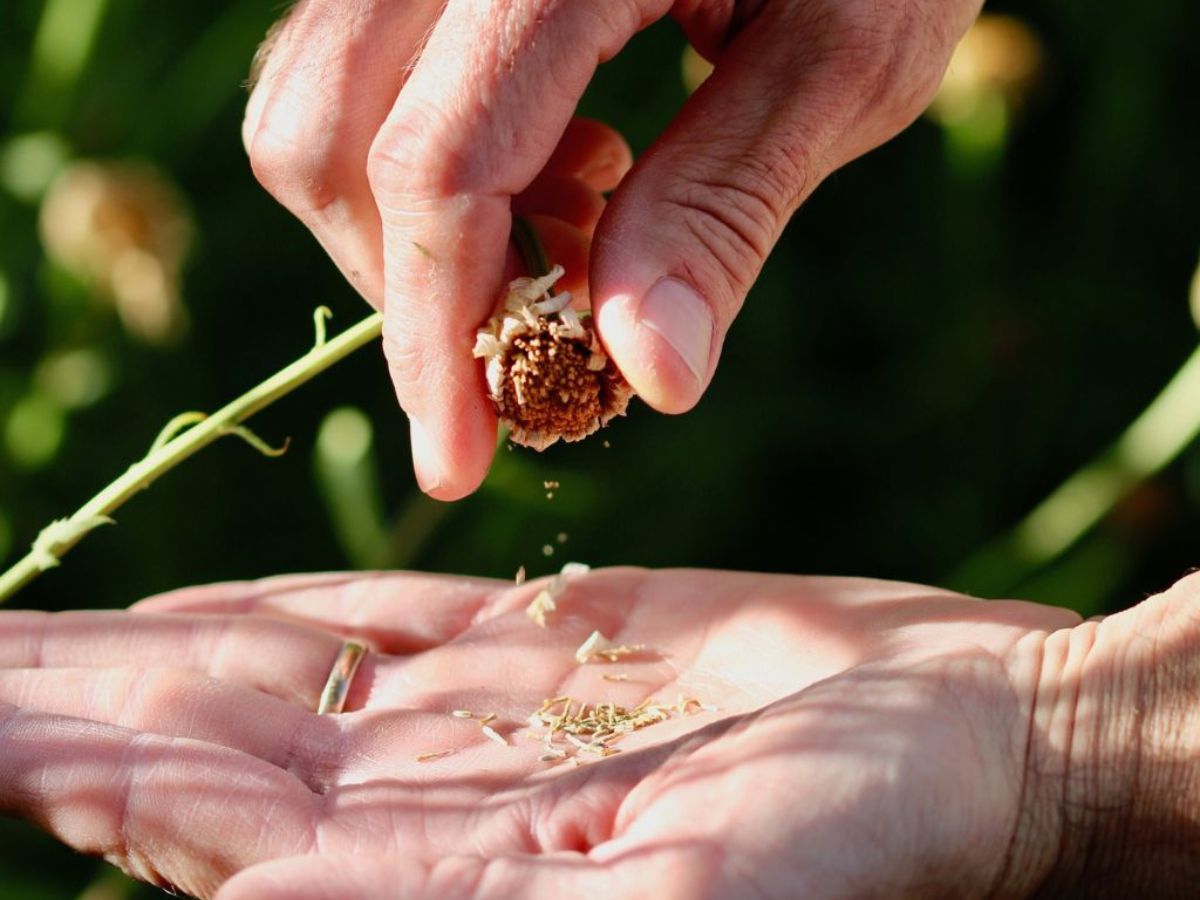Growing a chaos garden can be a liberating and rewarding experience, especially if you enjoy a more natural approach to gardening. Unlike traditional gardens, chaos gardens thrive on diversity and spontaneity.
To start a chaos garden, you simply scatter a mix of seeds across your chosen area, letting them grow naturally without strict order or design.
This method can attract a range of beneficial insects and encourage the resilience of plants as they densely grow together.
You’ll enjoy the surprise of seeing what blooms and flourishes without meticulous curation.
Forget about neat rows and predefined layouts. Embrace the whimsical aesthetic and the environmental benefits it provides by nurturing a thriving ecosystem right in your backyard.
Laying the Foundation
Creating a successful chaos garden starts with selecting the ideal spot and embracing its free-spirited nature. The foundation involves practical site selection and an open mindset.
Choosing a Location
When picking a spot for your chaos garden, look for areas with ample sunlight. Six to eight hours of direct sunlight is ideal for most plants. Consider the soil condition, as rich, well-draining soil supports a variety of plants.
Observe how water moves across the potential site. Avoid locations prone to flooding or excessive dryness. Nearby trees can offer both shade and competition for nutrients, so assess their impact carefully.
A location close to a water source makes maintenance more manageable, especially in dry spells. Maximize the potential of your chosen spot by ensuring easy access for planting and upkeep.
Understanding Chaos Gardening
Chaos gardening requires letting go of traditional rules and embracing a more natural approach. This entails mixing a variety of seeds and planting them randomly, encouraging a naturally diverse ecosystem.
The idea is to invite biodiversity and allow plants to compete and thrive in their way. Be prepared for unexpected results and allow nature to guide your garden’s growth.
You’ll need to monitor plant interactions to ensure no single species dominates too aggressively. Enjoy the surprises and learn from the process as your garden evolves. Experimentation is key, and errors often lead to delightful discoveries.
Starting Your Chaos Garden
Embarking on a chaos garden adventure begins with choosing diverse seeds, learning unique sowing techniques, and grasping the essentials of mulching and watering. Each step is crucial to creating a thriving, self-sustaining ecosystem.
Selecting a Mix of Seeds
Diversity is key. Choose seeds from a mix of vegetables, flowers, and herbs to create a balanced environment. Vegetables like tomatoes, carrots, and beans blend well with flowers such as marigolds and sunflowers. Herbs like basil and cilantro are perfect companions.
Consider native and resilient species. Native plants improve success as they naturally resist pests and diseases in your region. Resilient plant varieties help your garden adapt to various conditions.
Seed packets often include planting instructions. Following these ensures optimal spacing and depth, fostering healthy growth and competition for resources.
Sowing Techniques
Scatter sowing is a popular method. Randomly broadcast seeds over a prepared area, allowing them to intermingle naturally. This mirrors nature’s way, promoting spontaneity in growth.
Lightly rake the soil after scattering. This helps integrate the seeds without burying them too deep. Retain some visibility to ensure easy germination.
Experiment with companion planting. Placing certain plants together can deter pests and enhance growth. For example, planting basil near tomatoes can improve their flavor and growth.
Mulching and Watering Basics
Apply a layer of mulch after sowing. Mulch maintains soil moisture, suppresses weeds, and adds organic matter as it breaks down. Use materials like straw, shredded leaves, or grass clippings for effective coverage.
Water evenly, especially in dry periods. Newly sown seeds need consistent moisture. Avoid overwatering by checking soil moisture regularly with your fingers. If it’s dry about an inch deep, it’s time to water.
Observe weather conditions and adjust watering habits. Rain showers may reduce the need for frequent watering, whereas hot, dry spells might require increased irrigation. Your attention to these details nurtures a robust chaos garden ecosystem.
Caring for Your Chaos Garden
In a chaos garden, managing weeds, promoting pollinators, and observing plant growth patterns are essential for success. Paying close attention to these elements will help maintain balance and beauty in your garden.
Managing Weeds
Weeds can overpower your chaos garden if ignored. Regularly check for unwanted plants among your garden beds. Hand pulling is effective for small areas and causes minimal soil disturbance.
Consider using mulch to suppress weed growth. Mulch also retains soil moisture and enriches your garden as it decomposes.
You can create a simple organic mulch using dried leaves, grass clippings, or wood chips. Applying a thick layer—at least 3 inches—will effectively block sunlight, preventing weeds from sprouting.
For a more natural approach, companion planting can also deter weeds. Strategic selection of certain plant pairings helps crowd out potential weed growth.
Encouraging Pollinators
Pollinators bring life and movement to your garden. Start by planting a variety of flowering plants that bloom at different times. This ensures continuous nectar sources. Native plants are especially beneficial as they are well-suited for local pollinators.
Incorporating flowering herbs, like oregano and lavender, attracts both insects and enhances your garden’s aesthetics. Integrated plantings also create shelter and breeding habitats for pollinators.
To support your pollinator friends, avoid pesticides. Instead, use natural alternatives like neem oil.
Consider setting up a small bee or insect house to encourage more biodiversity. Even a shallow water source, like a birdbath with stones for landing, can provide essential hydration.
Observing Growth Patterns
Spend time observing your chaos garden’s unique growth. Regular observation helps identify which plants thrive and which struggle. This way, you can adjust your planting strategy.
Keep a garden journal to track development. Note when certain plants flower or produce seeds, and any pests or weather conditions impacting growth. These details aid in future planning and enhance your gardening knowledge.
Pay attention to natural layers forming within your garden. Taller plants may protect shorter ones from harsh conditions. Adjust your plantings to take advantage of these natural patterns, fostering resilience and increasing the beauty of your chaos garden.
Harvesting Your Bounty
A chaos garden offers a delightful mix of produce, each ready for harvest at its own unique time. Knowing when to collect your bounty and how to prepare for next season is crucial for a successful ongoing gardening experience.
Knowing When to Harvest
Timing is everything in a chaos garden. You might find tomatoes ripening beside unripe squash, so regular checks of your garden are essential.
Look for visual cues like color change and firmness depending on the type of plant. For many vegetables, a rich color and a slight give when squeezed indicate readiness.
Fruit bearing plants such as peppers or beans can be picked as soon as you notice their mature colors. For root vegetables, a gentle tug at the base while feeling for firmness usually tells you they are ready to come out.
Visit your garden in the morning, when crops are typically the most hydrated, to ensure the freshest pick.
Collecting Seeds for Next Season
After gathering the harvest, consider setting aside some plants for seed collection. Choose the healthiest and most productive plants to ensure quality seeds.
Allow pods and fruits to mature fully before collecting. For example, let beans dry on the vine and pick plants like tomatoes slightly past their peak.
Clean seeds by removing any pulp or debris, then spread them out to dry completely. This process prevents mold and ensures longevity.
Once dry, store seeds in a cool, dark place in airtight containers or sealed paper envelopes. Label them with details like plant type and date, so you’re fully prepared when planting time rolls around again.
Beginners will find joy in this relaxed and experimental growing style. You’ll find yourself engaging with nature in a more intuitive way, learning as you watch your garden evolve and adapt.
As your plants interact and compete, they form a self-sustaining environment that’s both beautiful and beneficial for the biodiversity it supports.
